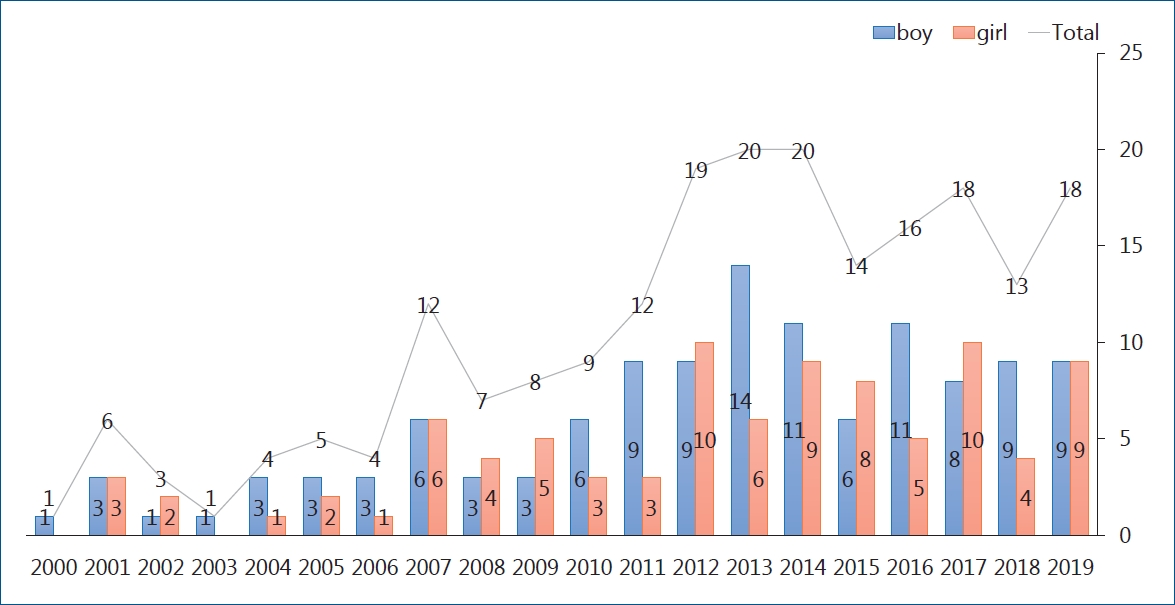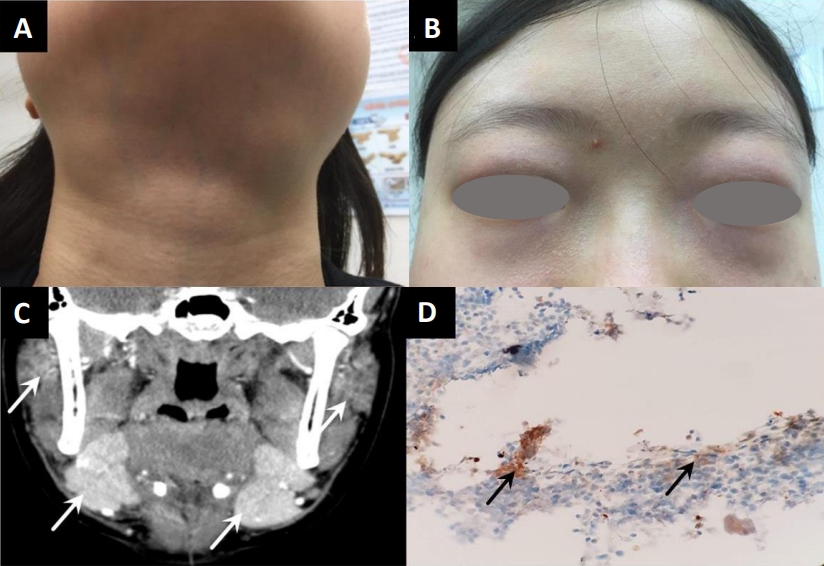- Perspective
- Infection
- Addressing children’s health amid the coronavirus disease 2019 pandemic
- Young June Choe, Bilal Aurang Zeb Durrani, Stefan Swartling Peterson
- Clin Exp Pediatr. 2021;64(2):46-48. Published online December 15, 2020
-

In the coronavirus disease 2019 (COVID-19) pandemic, children experience heightened barriers to health and protective services. Children may also be disproportionately affected due to their reliance on the education system for daily tasks and lack of access to remote learning options. Republic of Korea findings on how vaccination coverage could be sustained in children and schools could be reopened without aggravating COVID-19 underlie the need for coordinated efforts across sectors.
- Review Articles
- Cardiology
- Pediatric heart transplantation: how to manage problems affecting long-term outcomes?
- Young Hwue Kim
- Clin Exp Pediatr. 2021;64(2):49-59. Published online April 8, 2020
-

Since the initial International Society of Heart Lung Transplantation registry was published in 1982, the number of pediatric heart transplantations has increased markedly, reaching a steady state of 500–550 transplantation annually and occupying up to 10% of total heart transplantations. Heart transplantation is considered an established therapeutic option for patients with end-stage heart disease. The long-term outcomes of pediatric heart...
- Allergy
- Eosinophils and childhood asthma
- Bong Seok Choi
- Clin Exp Pediatr. 2021;64(2):60-67. Published online January 6, 2021
-
•In allergic eosinophilic asthma, eosinophils act as important effector cells and antigen-presenting cells, while in nonallergic eosinophilic asthma, type 2 innate lymphoid cells play an important role in eosinophil activation.
•Sputum eosinophil counts can be helpful for evaluating allergic airway inflammation in asthma.
• Anti-interleukin-5 has broadened the scope of asthma treatment.
- General Pediatrics
- Clinical features, diagnosis, and outcomes of multisystem inflammatory syndrome in children associated with coronavirus disease 2019
- Ji Hee Kwak, Soo-Young Lee, Jong-Woon Choi; the Korean Society of Kawasaki Disease
- Clin Exp Pediatr. 2021;64(2):68-75. Published online December 30, 2020
-

Hundreds of cases of children and adolescents with hyperinflammatory responses such as Kawasaki disease have been reported amid the coronavirus disease 2019 (COVID-19) pandemic, leading to coining of the new term COVID-19–associated multisystem inflammatory syndrome in children. In this review article, we introduce the illness and describe its case definitions, epidemiology, pathogenesis, clinical features, treatments, and outcomes.
- Editorials
- Cardiology
- Where should we start to improve pediatric heart transplantation outcomes?
- Jinyoung Song
- Clin Exp Pediatr. 2021;64(2):76-77. Published online November 25, 2020
-

· Pediatric heart transplantation is achieving better outcomes.
· The waitlist mortality is still high, especially in Korea, and should be reduced.
· The use of ventricular assist device is promising and might offer improved waitlist mortality rates.
- Hematology
- Time to pay attention to anemia in female adolescents
- Jae Min Lee
- Clin Exp Pediatr. 2021;64(2):78-79. Published online February 1, 2021
-

- Original Articles
- Gastroenterology
- Value of the International Classification of Diseases code for identifying children with biliary atresia
- Pornthep Tanpowpong, Chatmanee Lertudomphonwanit, Pornpimon Phuapradit, Suporn Treepongkaruna
- Clin Exp Pediatr. 2021;64(2):80-85. Published online August 24, 2020
-

Question: What is the value of the diagnostic code in identifying cases of biliary atresia in a large administrative database?
Finding: The diagnostic code’s accuracy and sensitivity are acceptable for identifying algorithm-defined cases. A history of pale stool and a presumed diagnosis of biliary atresia prior to referral added value.
Meaning: The addition of clinical data to the diagnostic code significantly increased the diagnostic yield.
- Hematology
- Changes in the prevalence of anemia in Korean adolescents, 1998–2018
- Jun Young An, Yoo Rha Hong, Seom Gim Kong
- Clin Exp Pediatr. 2021;64(2):86-92. Published online November 16, 2020
-

Question: Over the past 21 years, has the prevalence of anemia decreased among Korean adolescents?
Finding: The prevalence of anemia in boys aged 10–18 years decreased from 3.0% to 0.5% over the study period, whereas that in girls did not change significantly over time (increased from 7.9% to 8.5%).
Meaning: The prevalence of anemia in female adolescents remains high, requiring attention and efforts to improve it.
- Clinical note
- Immunology
- Salivary and lacrimal gland enlargement with serum immunoglobulin G4 elevation
- Jinseok Lee, Da-Eun Kim, Jeong-Hwan Yang, Misun Lim, Hye Yung Yum, JoongGon Kim
- Clin Exp Pediatr. 2021;64(2):93-95. Published online December 8, 2020
-

Question: What diseases should be considered in a 15-year-old girl presenting enlarged lacrimal and salivary glands?
Finding: Laboratory tests revealed elevated IgG4 levels. A submandibular gland biopsy showed lymphoplasmacytic infiltration and more than 40 immunoglobulin G4 (IgG4)-positive cells per high-power field. The patient was diagnosed with IgG4-related disease.
Meaning: Although rare in children, IgG4-related disease should be considered a differential diagnosis in children with enlarged salivary and lacrimal glands.












